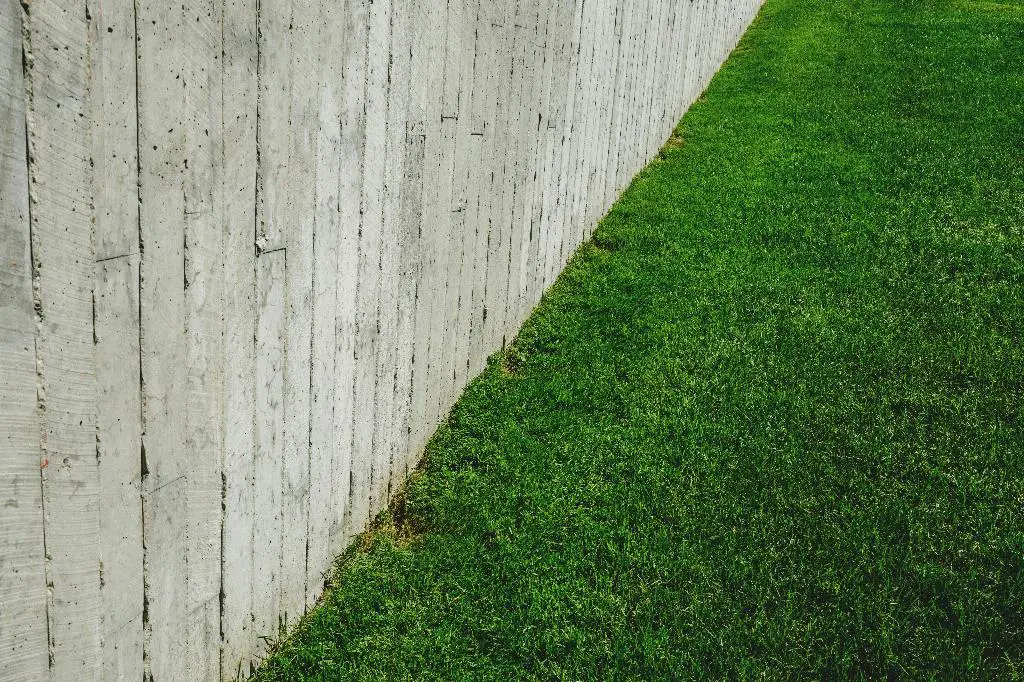When it comes to maintaining a lush and healthy lawn, proper soil pH plays a vital role in ensuring your grass gets the essential nutrients it needs to thrive. One common practice to adjust the pH of the soil is by applying lime. The question often arises: How much lime should you apply to your lawn?
Recommended Lime Application Rates
According to experts, the standard rate for lime application on a lawn is typically between 5 to 10 pounds per 1,000 square feet. This general guideline provides a good starting point for most lawns. However, it’s important to note that the actual amount of lime needed may vary based on the results of a soil test.
Importance of Soil Testing
Before deciding on the amount of lime to apply to your lawn, it is highly recommended to conduct a soil test. A soil test will provide valuable insights into the current pH levels of your soil and any specific nutrient deficiencies that need to be addressed. This information will help you determine the exact amount of lime required for optimal results.
Factors Influencing Lime Requirement
Several factors can influence the amount of lime needed for your lawn. Soil type, current pH levels, and the type of grass you have planted all play a significant role in determining the lime application rate. Consulting with a lawn care professional can help you make informed decisions based on these factors.
Calculating Lime Application Rates
If you are unsure about how much lime to apply to your lawn, you can use a simple calculation based on the standard application rate. By measuring the square footage of your lawn and multiplying it by the recommended pounds of lime per 1,000 square feet, you can determine the total amount of lime needed for your lawn.
Overlooking Lime Application
While the importance of lime application is often overlooked, neglecting this aspect of lawn care can have adverse effects on the overall health of your grass. Insufficient lime can lead to nutrient deficiencies and poor grass growth, affecting the aesthetics and vitality of your lawn.
Timing of Lime Application
The timing of lime application is crucial for achieving optimal results. It is generally recommended to apply lime during the fall or early spring when the grass is not actively growing. This allows the lime to break down and penetrate the soil slowly, ensuring long-lasting effects.
Types of Lime
There are different types of lime available for lawn applications, including dolomitic lime and calcitic lime. Each type has its unique characteristics and benefits, so it’s essential to choose the right one based on the specific needs of your lawn.
Applying Lime Correctly
When applying lime to your lawn, ensure even distribution across the entire area to prevent uneven pH levels. Using a spreader can help achieve uniform coverage and avoid excess application in certain spots. Watering the lawn after lime application will help activate the lime and promote proper absorption.
Monitoring pH Levels
After applying lime to your lawn, it is advisable to monitor the pH levels periodically to ensure they remain within the optimal range for healthy grass growth. Regular soil testing can help you make necessary adjustments and maintain the balance of nutrients in your soil.
Seeking Professional Advice
If you have specific concerns about lime application or require guidance on improving the health of your lawn, it is beneficial to consult with a lawn care professional. They can offer personalized recommendations based on the unique characteristics of your lawn and ensure you achieve the desired results.
Conclusion
Proper lime application is a key aspect of maintaining a vibrant and flourishing lawn. By understanding the factors that influence lime requirements, conducting soil tests, and following recommended application rates, you can promote healthy grass growth and enhance the overall appearance of your lawn. Remember to stay vigilant in monitoring pH levels and seek expert advice when needed to keep your lawn looking its best.

